7 Popular Houseplants That Are Actually the Hardest to Keep Alive
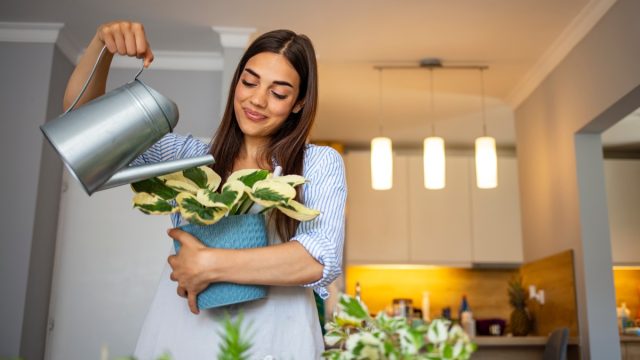
Keeping houseplants in your home can be a labor of love, and one that pays off in droves if you happen to have a green thumb. Not only are plants aesthetically pleasing and good for purifying the air—studies have shown they can also soothe anxiety, help you heal faster, sharpen your attention, and even improve your outlook on the world. However, there’s one catch: Some studies have found that houseplants only confer their benefits when they’re green and thriving. Having dying plants can actually be worse for your well-being than having no plants at all.
“Houseplants bring beauty and life to our indoor spaces, but not all plants are created equal when it comes to ease of care,” says Zahid Adnan, a gardening expert and founder of The Plant Bible. “While some houseplants thrive with minimal attention, others can be quite challenging to keep alive, even for experienced horticulturists.”
Wondering which plants to avoid if you’re not up for the challenge? Read on to find out which seven popular houseplants are actually the hardest to keep alive, according to plant experts.
RELATED: 8 Easy Houseplants That Don’t Need Sunlight.
1
Fiddle leaf fig
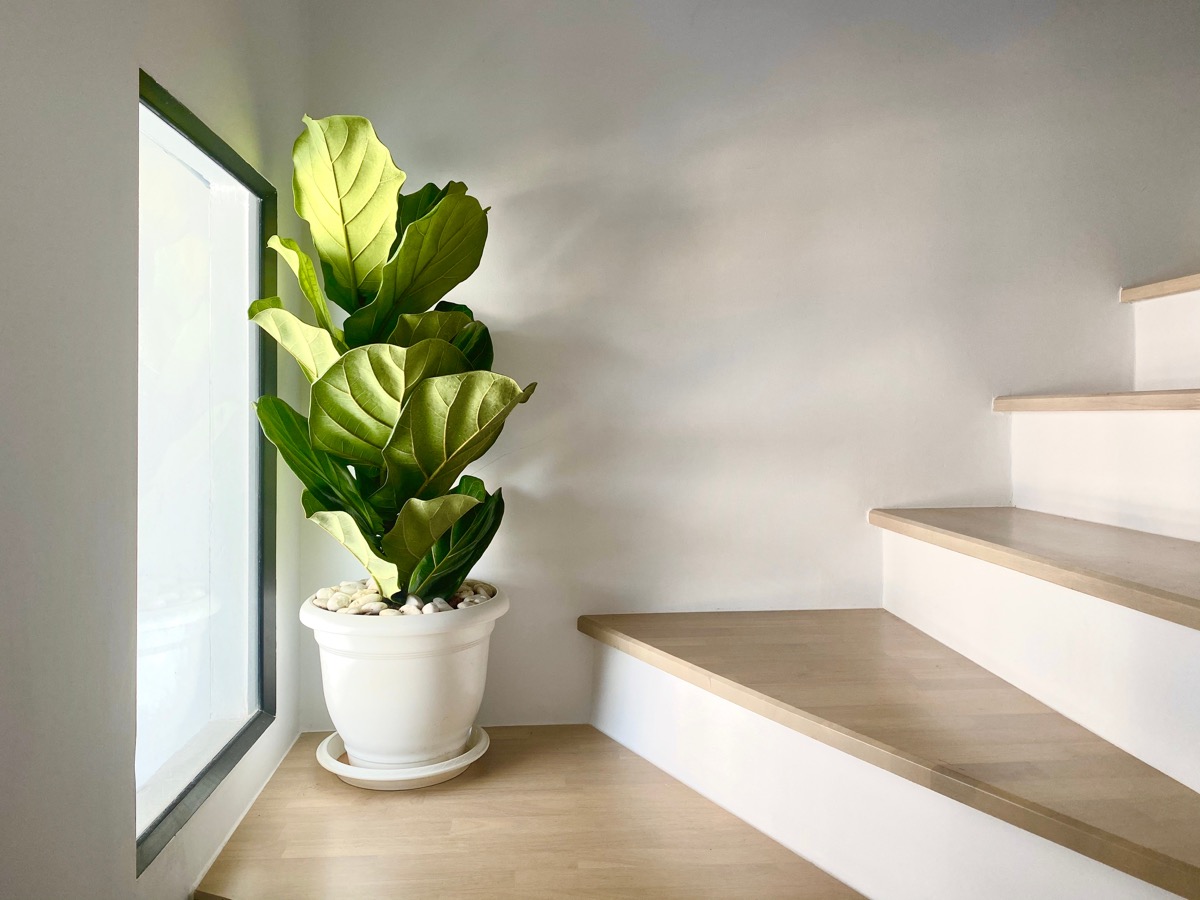
People love fiddle-leaf fig trees for their broad, oversized leaves and glossy sheen, but experts say that this popular plant is especially difficult to care for.
“The fiddle leaf fig is notorious for being finicky. It demands consistent bright, indirect light, precise watering, and regular fertilization. It’s susceptible to pests like spider mites and is sensitive to changes in its environment,” says Adnan.
In its place, he recommends trying a rubber plant, which he describes as a sturdier choice: “It shares a similar aesthetic appeal but is more forgiving when it comes to lighting and water requirements.”
RELATED: The 5 Best Houseplants for Hanging Planters, Experts Say.
2
Maidenhair fern
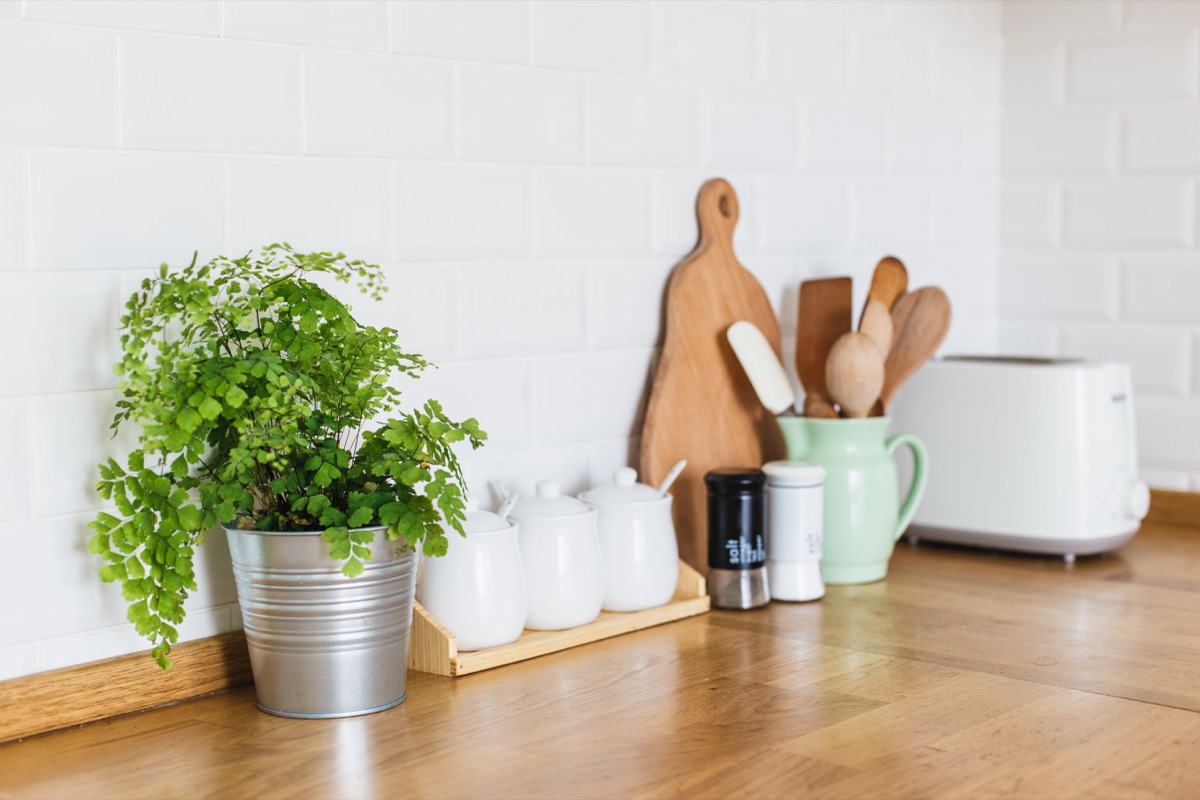
Deciduous ferns with fan-shaped leaf clusters, maidenhair ferns can add texture and beauty to your indoor garden. However, several of the experts we spoke to noted that these are also quite difficult to keep alive.
“Maidenhair ferns are known for their delicate and lacy fronds, but they are extremely sensitive to changes in humidity and temperature,” explains Adnan. “They require high humidity, a constant moisture level, and protection from drafts.”
3
Orchids
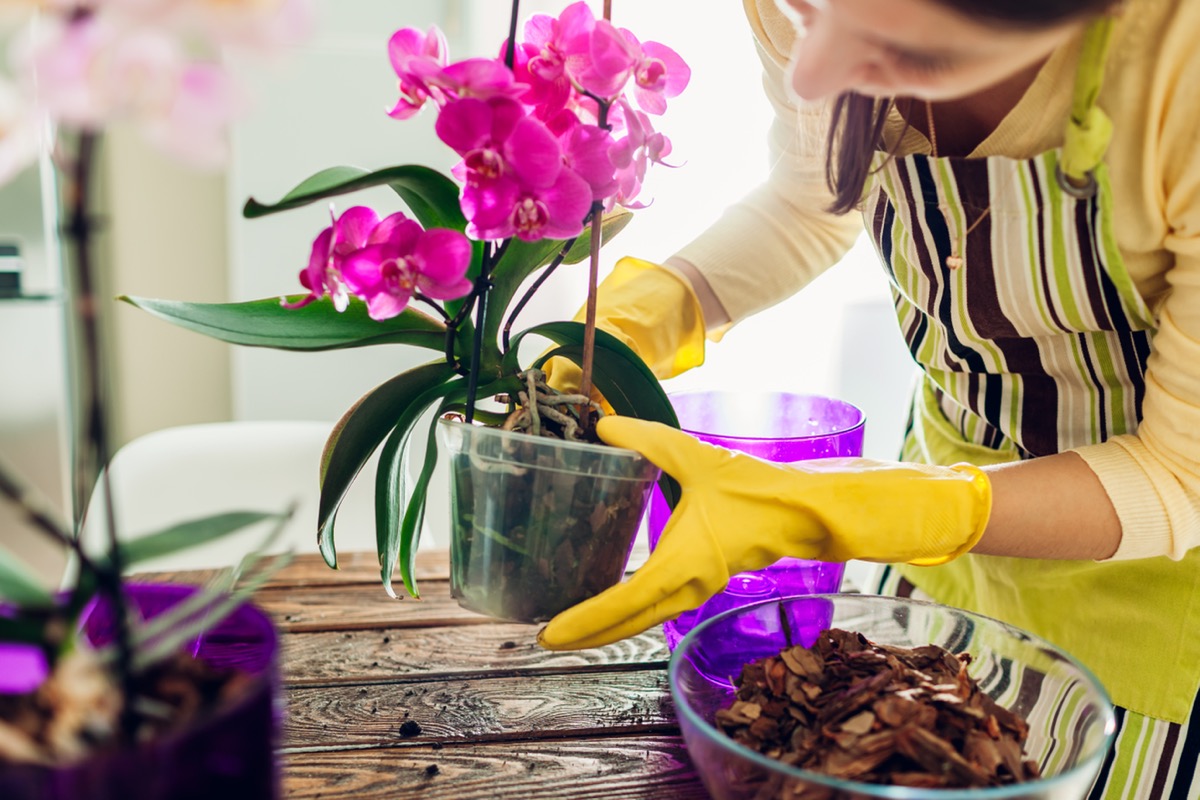
Orchids may be elegant, but they have a reputation for being high-maintenance. “They require specific light and temperature conditions, and their watering needs can be challenging to master. Root rot and improper care can lead to their demise,” says Adnan.
Specifically, Georgina O’Grady, a landscaper and the managing director at Evergreen, notes that it’s very easy to overwater an orchid. “As such, almost half of all owners end up killing their orchid,” she shares. “They should be watered once a week. Any more or less than that, the plant will die. Instead of an orchid, you may wish to get your hands on a similar African violet plant, which is overall easier to take care of.”
RELATED: The 7 Cutest Houseplants That Stay Small.
4
Calathea
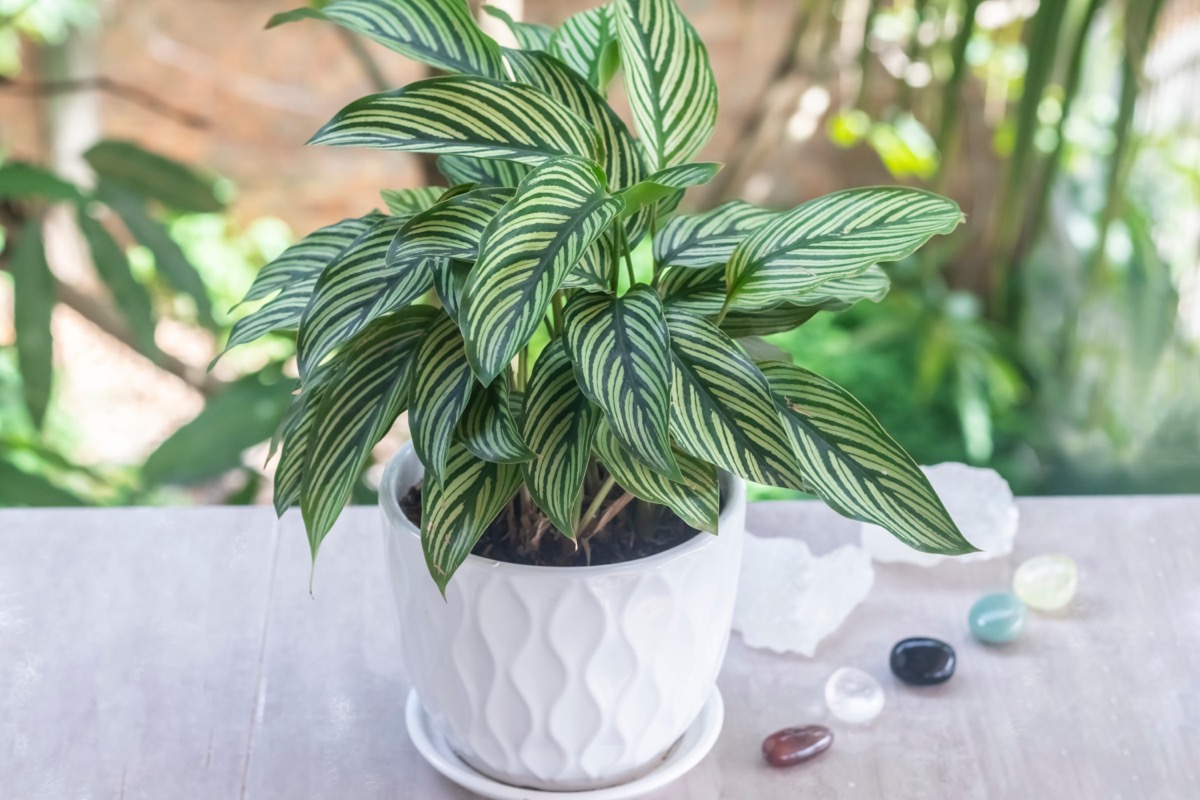
Calathea plants are eye-catching, two-toned houseplants that many people enjoy adding to their indoor gardens. Unfortunately, they require more care than many plant owners realize.
“Calathea plants are renowned for their striking foliage patterns, but they are quite sensitive to the quality of water, humidity levels, and direct sunlight,” says Adnan. “They can quickly develop brown edges if conditions are not just right.” Some also develop leaf yellowing and curling, adds Aaditya Bhatta, founder and editor of Plantscraze.
Instead, Adnan recommends adding snake plants to your lineup: “The snake plant offers a different aesthetic but is incredibly low-maintenance. It can tolerate a wide range of light conditions and irregular watering.”
RELATED: The 7 Best Houseplants for Beginners, Experts Say.
5
String of pearls
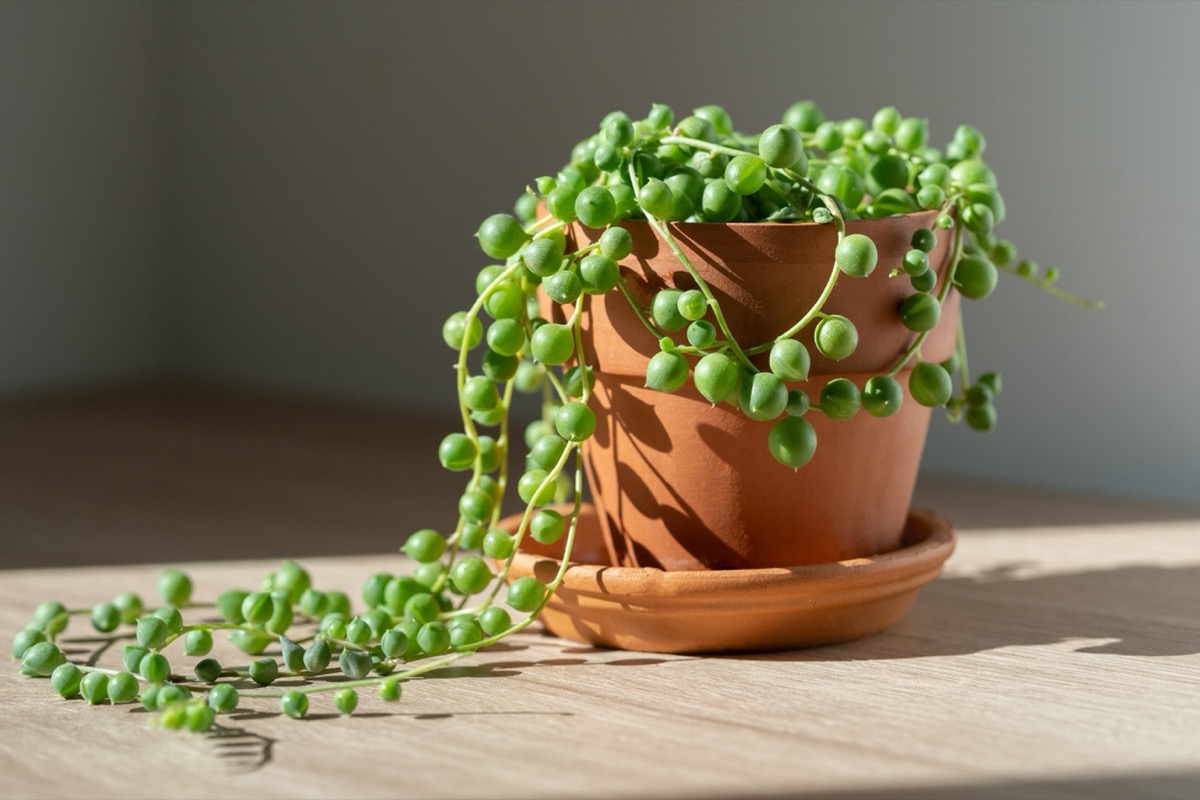
Succulents are typically easier to care for compared to other plants. However, Tom Eberle, founder and chief editor of Plantes Passion, says string of pearls are one exception. “While a succulent, it requires more frequent watering than others in its family. It also needs bright, indirect light to avoid becoming leggy,” he explains.
Eberle suggests trying a string of turtles plant instead. “It’s similar [in] appearance but tends to be more forgiving,” he points out.
6
Gardenia
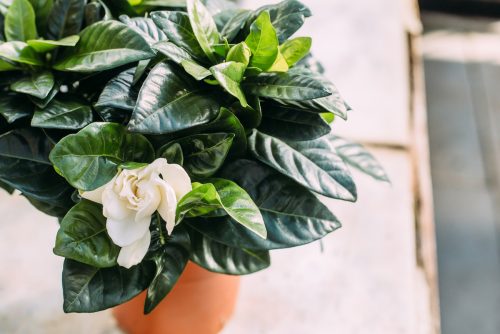
Gardenias grow delicate, rose-like blooms beloved for their sweet fragrance. However, Eberle notes that these plants require very specific conditions including high humidity, acidic soil, and bright, indirect light.
As an alternative, try planting jasmine, which he says is still fragrant, but somewhat easier to manage indoors.
RELATED: 10 Easy Hacks to Save Your Houseplants That Gardeners Swear By.
7
Bird of paradise
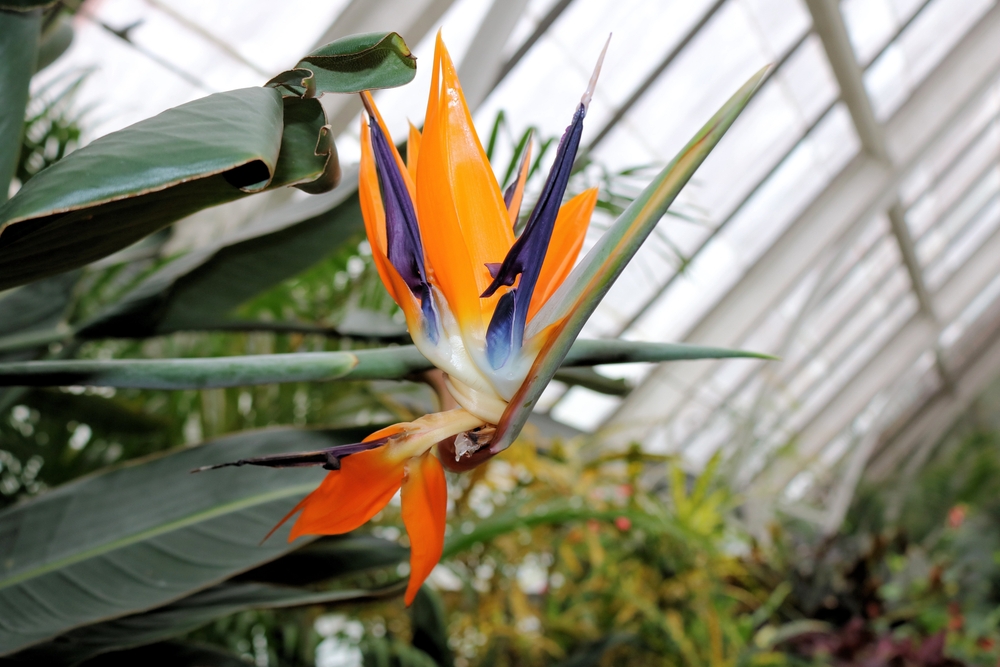
An evergreen, tropical plant with oval-shaped leaves and orange flowers, the bird of paradise has obvious appeal.
However, Bhatta warns that these can be quite the undertaking—especially for beginner gardeners. “Bright, indirect light and frequent watering are essential for bird of paradise plants,” he explains. “They are sensitive to temperature changes and may be susceptible to spider mites.”
For a less labor-intensive choice that will still “give a touch of the tropics to your room,” consider the rubber plant or the kentia palm, he recommends.
For more home gardening tips sent directly to your inbox, sign up for our daily newsletter.
- Source: https://www.ncbi.nlm.nih.gov/pmc/articles/PMC4419447/
- Source: https://www.researchgate.net/publication/252307449_Health_Benefits_of_Gardens_in_Hospitals
- Source: https://www.mdpi.com/1660-4601/16/5/796/htm
- Source: https://www.ncbi.nlm.nih.gov/pmc/articles/PMC4877070/
- Source: https://www.sciencedirect.com/science/article/pii/S0360132322003882